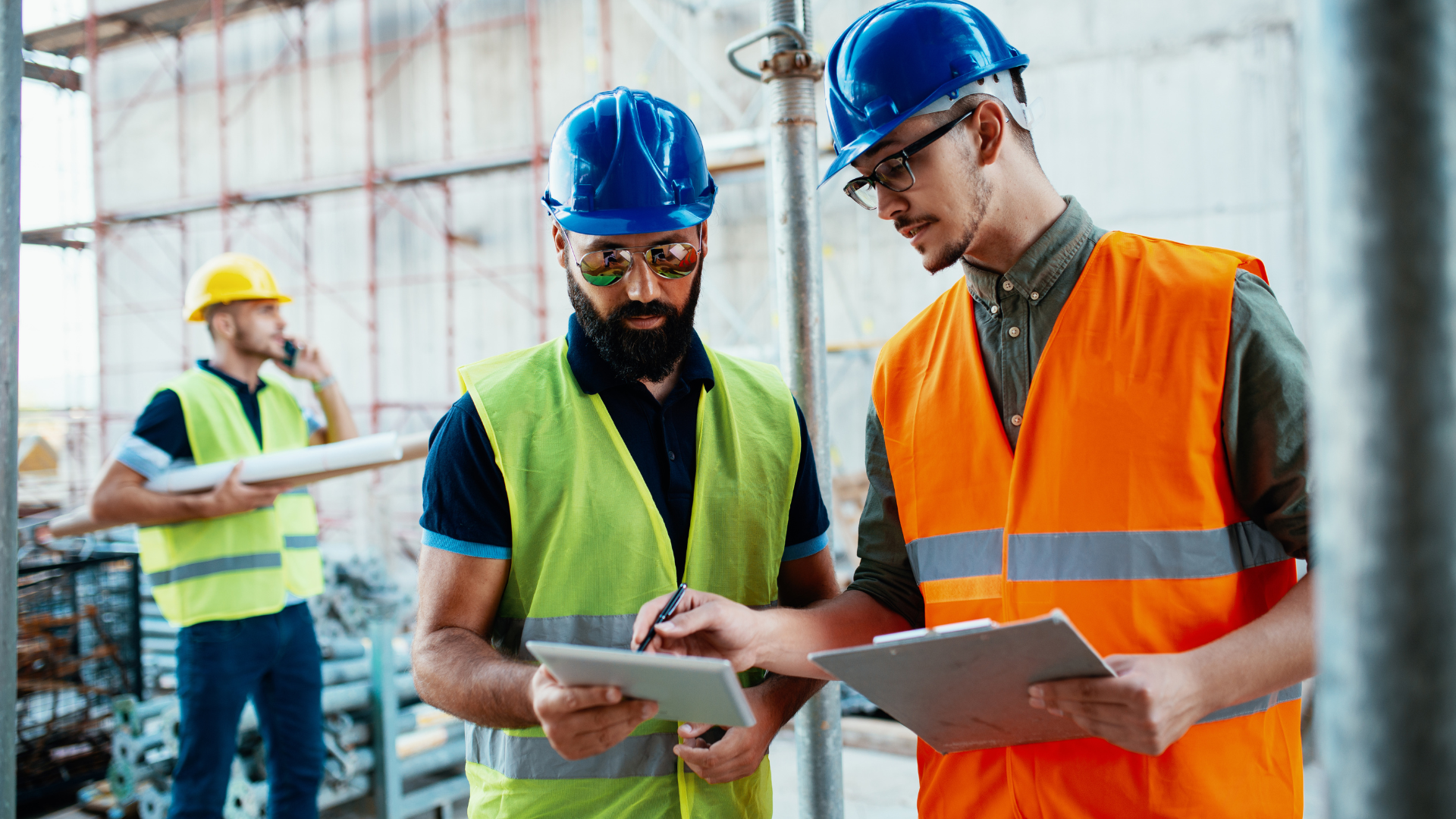The construction industry is evolving. Thanks to the internet of things (IoT), construction managers can now manage projects in real-time, thus making tracking progress and spotting potential problems more effortless than ever before. IoT-enabled devices are increasingly being used in construction projects, streamlining operations and improving safety. Suppose you're a manufacturer or supplier of IoT-enabled devices or services for the construction industry; in that case, staying current on these trends is vital to maintaining a competitive edge.
In this blog post, we'll explore some of the most critical ways that IoT is making an impact in the construction sector.
So how is IoT shaping the construction industry?
1. Drones
Construction companies use drones for various tasks, including surveying land, inspecting buildings, and delivering materials to hard-to-reach places. Drones are also used to create 3D models of construction sites, which can be used for planning and marketing purposes.
Using drones saves time and money while reducing the risk of injury for workers. It's estimated that drones will save the construction industry $11 billion annually by 2025!
2. Wearable technology
Wearable technology, such as augmented reality glasses and smartwatches, is increasingly becoming standard in construction sites. This technology is used for various tasks, including training workers, providing real-time information about projects, and improving on-site safety.
Augmented Reality (AR) glasses provide workers with step-by-step instructions for tasks they need to perform. Wearable technology is beneficial for complex tasks or tasks to be completed in a specific order. In addition, smartwatches can track worker location and vital signs (heart rate, etc.), helping improve safety on site by ensuring that workers take breaks when needed and that they're not working in unsafe conditions.
3. Connected equipment
Another way that IoT is being applied in construction is through connected construction equipment. These types of equipment have sensors that collect data on everything from engine performance to fuel consumption. This data can improve the efficiency of construction operations and prevent downtime due to equipment failures. Additionally, connected construction equipment can schedule maintenance appointments.
4. Intelligent Building Materials
These are materials embedded with sensors that can monitor temperature, humidity, and stress levels; optimizing buildings' performance and ensuring that they are comfortable for occupants. Moreover, intelligent building materials can detect damage and allow for early repair or replacement before serious problems occur.
5. 3D Printing
3D printing in the construction industry creates prototypes and models buildings. This technology allows architects and engineers to visualize projects before they are built. It can also help construction companies save time and money by eliminating the need for traditional methods of manufacturing prototypes and models.
6. Virtual Reality
The construction industry uses virtual reality to train workers and allow them to experience what it would be like to work on a project before it is built. This technology reduces accidents by enabling workers to see potential hazards before they occur. It also improves productivity by allowing workers to familiarize themselves with a project before working on it.
7. Robotics
Robotics perform tasks that are too difficult or dangerous for humans in the construction industry. For instance, robots lift heavy objects, operate machinery, or even weld metal beams. This technology can improve worker safety by reducing the need for humans to be in dangerous positions. It also increases worker productivity by allowing construction companies to complete projects faster than relying on manual labor alone.
What does this mean for the future of the construction industry?
The construction industry is no stranger to change. In recent years, we've seen a shift towards sustainable building practices, the rise of prefabrication, and an increased focus on safety. Thanks to the Internet of Things (IoT), we're on the cusp of another construction revolution.
1. Increased Productivity
IoT-enabled devices are making construction sites more efficient and productive. For example, wearables help workers avoid injuries by alerting them to potential hazards, while sensors can track equipment and materials, reducing loss and theft. Real-time data analytics is used to optimize construction processes and improve project management.
2. Improved Safety
Construction is one of the most dangerous industries in the world. In fact, according to the U.S. Bureau of Labor Statistics, there were 991 worker fatalities in 2018 alone. IoT-enabled devices can make construction sites much safer for workers by collecting data to identify and address potential hazards.
Case in point- sensors monitor air quality, identify trip hazards, and track worker fatigue levels. Wearable devices provide workers with real-time alerts about potential dangers.
3. Greater Sustainability
IoT-enabled devices can also help construction companies reduce their environmental impact by collecting data to improve resource management and waste reduction efforts. Smart meters can track water and energy usage and material waste levels. Real-time data analytics, on the other hand, can optimize construction processes and reduce resources needed.
Final Thoughts
The construction industry is vital for our economy but has lagged behind other sectors in technological advancement. However, that is beginning to change as more construction companies turn to IoT solutions to increase efficiency and productivity. IoT-enabled devices are used for everything from managing job sites more effectively to reducing construction waste. As IoT technology continues to develop, we can expect even more exciting innovations in the construction industry in the years to come.
Join us at
IoT2Market today by creating a free account and help bridge the innovation gap in the construction industry.





